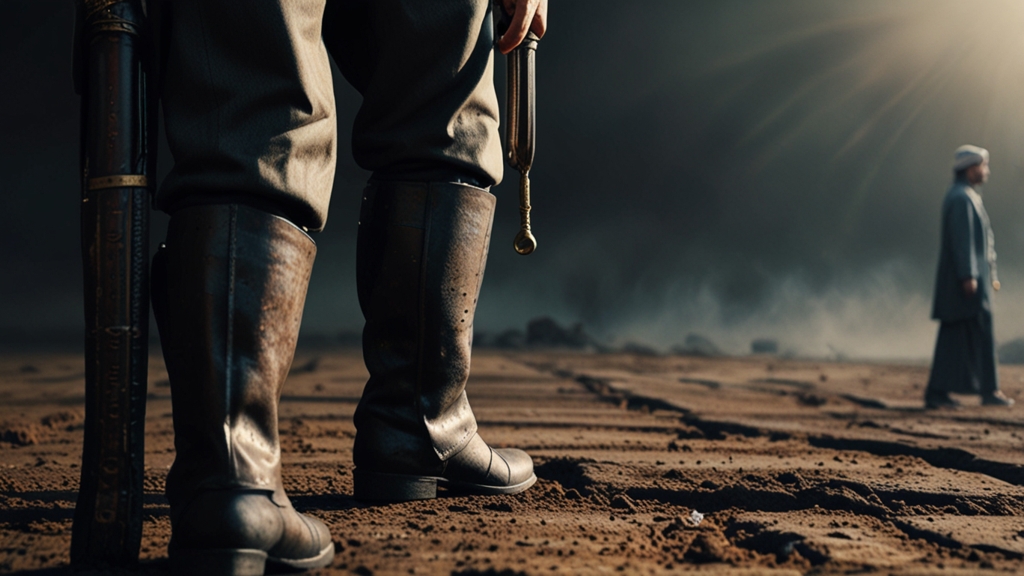Climate Change and Wildlife: The Unseen Catastrophe Unfolding
Climate change is one of the most pressing issues of our time, and while its impact on human civilizations is well-documented, the silent suffering of wildlife often goes unnoticed. As global temperatures rise and weather patterns become increasingly erratic, the natural world finds itself in a precarious situation. From the majestic polar bears losing their icy habitats to coral reefs bleaching beyond recognition, the effects of climate change on wildlife are profoundly tragic.
The Rising Temperatures and Habitat Loss
The most obvious impact of climate change is the increase in global temperatures. This phenomenon is not just a statistic on a chart; it's a cascading catastrophe for many species. For instance, Arctic animals like polar bears and seals depend on sea ice for hunting and breeding. As the ice melts, these animals are left stranded without food or shelter. In the tropical regions, rising temperatures are causing forests to dry out, making them more susceptible to fires. Wildfires not only destroy habitats but also lead to the loss of countless animal lives.
Certain species are also shifting their geographic ranges in response to changing temperatures. This can lead to new predator-prey dynamics and increased competition for resources, destabilizing entire ecosystems.
Disruption of Seasonal Cycles
Many animals have adapted to Earth’s seasonal cycles, which dictate migration, reproduction, and feeding patterns. However, climate change is disrupting these cycles in unpredictable ways. Migratory birds, for example, may arrive at breeding grounds only to find that the optimal conditions they rely on have changed. This misalignment can result in lower reproductive success and diminishing populations. Similarly, species that hibernate may wake up earlier than usual due to warmer temperatures, only to find their food sources not yet available.
Oceanic Changes
The world's oceans are absorbing much of the excess heat generated by climate change, leading to rising sea levels and the warming of ocean waters. This poses a severe threat to marine life. Coral reefs, often termed the "rainforests of the sea," are experiencing bleaching events at an alarming rate. When water temperatures rise, corals expel the symbiotic algae that provide them with nutrients, leading to bleaching. Without these algae, corals are left vulnerable to diseases and are less likely to reproduce.
According to the Intergovernmental Panel on Climate Change (IPCC), we could see the loss of nearly all coral reefs if global temperatures rise by 2°C above pre-industrial levels.
The Chain Reaction Effect
The impact of climate change on wildlife is not an isolated event; it causes a domino effect throughout the ecosystem. For example, the decline in bee populations due to shifting weather patterns affects pollination, which in turn impacts plant reproduction and the animals that depend on those plants for food. Similarly, the loss of a single predator can lead to overpopulation of prey species, which then exhaust their food resources, leading to further declines in multiple species.
What Can Be Done?
While the outlook might seem grim, steps can be taken to mitigate these effects. Protecting and restoring natural habitats can provide refuges for species affected by climate change. Creating wildlife corridors that connect fragmented habitats can also help species migrate more easily to new, suitable environments.
Conservation efforts must be paired with global actions to reduce greenhouse gas emissions. Only by addressing the root cause of climate change can we hope to preserve the intricate web of life that makes our planet so unique.
“The Earth provides enough to satisfy every man's needs, but not every man's greed.” – Mahatma Gandhi
Conclusion
Climate change is an omnipresent threat to wildlife, a silent catastrophe unfolding in real-time. It is imperative to recognize the intimate link between a stable climate and a thriving natural world. Addressing climate change is not just about keeping our skies blue and our air clean; it’s about ensuring that polar bears can roam their icy domains, that coral reefs can flourish, and that migratory birds can find their way home. The time to act is now, for every moment of hesitation edges countless species closer to the brink of extinction.








